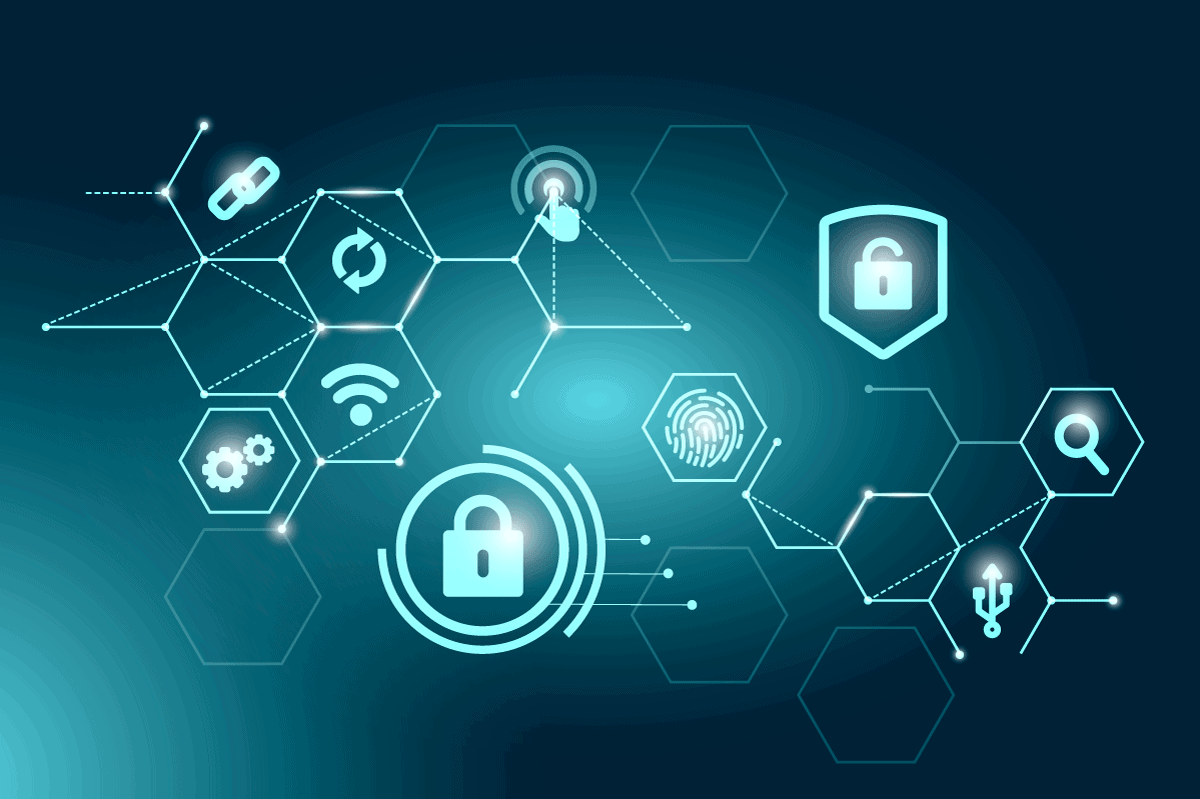The term accessibility conjures up images of people with physical disabilities. However, in a broader sense, accessibility is applicable to anyone and everyone who is in critical need of something. For instance, a tourist visiting a foreign country needs to access information such that he can meander the city and the streets without getting lost. Similarly, a person sitting at home is in need of accessing his grocery store for ordering stuff urgently as he cannot go out due to that all important meeting.
More...
The critical need to access something can be limited by physical, environmental or situational context. Most often, we associate it with physical disabilities, either congenital or as a result of aging or even a medical condition resulting from an accident or trauma. However, there are enough conditions beyond physical abilities that demand accessibility That's why we must look at accessibility at a broader level.
Why Accessibility
With the help of technology, it is possible to augment human abilities such that we can overcome these limitations. IoT provides a way to enhance the physical world around us with certain kinds of sensory interventions created by hardware and embedded devices.
But currently, only 0.06% of all devices that could use the IoT are doing so, meaning that there’s a huge potential to optimize the rest of 99.94% devices. This can dramatically improve the accessibility experience both indoors as well as outdoors. In this blog post we will look at a few use cases and existing solutions around accessibility at the broader level.
Accessibility In And Around The Home
1. Personalized Assistants

It won’t be long before all homes come fitted with standard smart homes devices by default. We are already witnessing a plethora of such devices, from voice-controlled home assistants, such as Alexa and Amazon Echo, to smart fridges that have interactive doors and built-in cameras. Smart thermostats from Nest were one of the first IoT devices to be available for the general population. They truly personify the ease and convenience of controlling a connected device from wherever you are.
2. Digital Rehabilitation

Just like physical rehabilitation, new innovations are being conceived around building a true rehabilitation experience by digital means. Many of these are considered a luxury, however, they can be used as an aid for persons with disabilities. One of IoT’s true essence is to control devices from anywhere. Hence, people with mobility problems would be able to control certain sensory inputs to themselves, right at the tap of their smartphone. Assistive digital rehab technologies can help in measuring the progress of certain physical rehab procedures. This is primarily applicable for physical health and wellness, Those with visual disabilities can make use of smart speakers which can assist them to use the home appliances, such a cooking range or a computer.
3. Smart Kitchen

Kitchen is a very special area within the home, hence it requires special attention. Needless to say, there is a lot of focus in this space. As a result, smart kitchens are on the rise, with consumers particularly interested in smart small appliances, self-cleaning devices, and voice-controlled devices. A smart oven, for example, will set the temperature itself, cook the meal, turn off and notify the person. This improves safety for people with memory problems, such as elderly people with dementia. People with mobility and dexterity problems can benefit from voice-controlled and minimal-touching taps that work based on sensors and built-in voice recognition. Again, this can also improve safety for people who may forget to turn the tap off or struggle to turn the handle.
Accessibility In Outdoor
1. Safety Aid

IoT's scope in achieving accessibility in an outdoor environment is even more relevant. Firstly, for people with disabilities, an outdoor environment is an unknown place beyond their control. Even otherwise, if we consider the bludgeoning population of cities, there are safety concerns faced by city commuters on a daily basis. Hence there is a scope in incorporating safety innovations around IoT enabled assistive technologies for public places. One such example can be found in many developed countries, where traffic signals adapt to the pedestrian requirements. By deploying intelligent traffic and pedestrian control devices, crossing the road can be much more safer. Additional features can be provided to help people cross the road safely by essentially hacking into traffic light systems, where users can then make themselves known and request more time to cross. For visually impaired persons, a smarter cane can do wonders by sensing the environment and guiding them towards their destination by avoiding obstacles on the roads and pavements.
2. Smarter Access to Public Services

Commuting to work in a big city is a hustle that we have to live with. While we cannot make public transport service more luxurious, we can definitely make it more efficient. IoT based telematics devices fitted in buses and subways can drastically improve the commuters experience. This concept can be further extended by wiring up the traffic signals with a central control system, such that emergency vehicles such as ambulances and fire trucks can be given a green passage.
Conclusion
The immense potential of IoT for accessibility has already been understood fully but is realized only in parts, especially for the outdoor use cases. There is no doubt that in the coming years, IoT will be married to AI to form a foundation for the web of things. It will create an insulative layer that will guide us, protect us and enhance our abilities to live a fuller life. With the concerns around security and the plethora of inconsequential use cases that are just focused on making things smart without adding value to our lives, IoT still has some ground to cover. However, the future looks bright and life on earth is set for a tech-enabled makeover empowering the humans to harmoniously augment their abilities with the help of machines.


